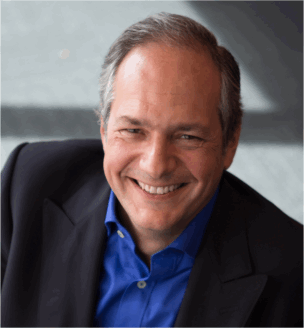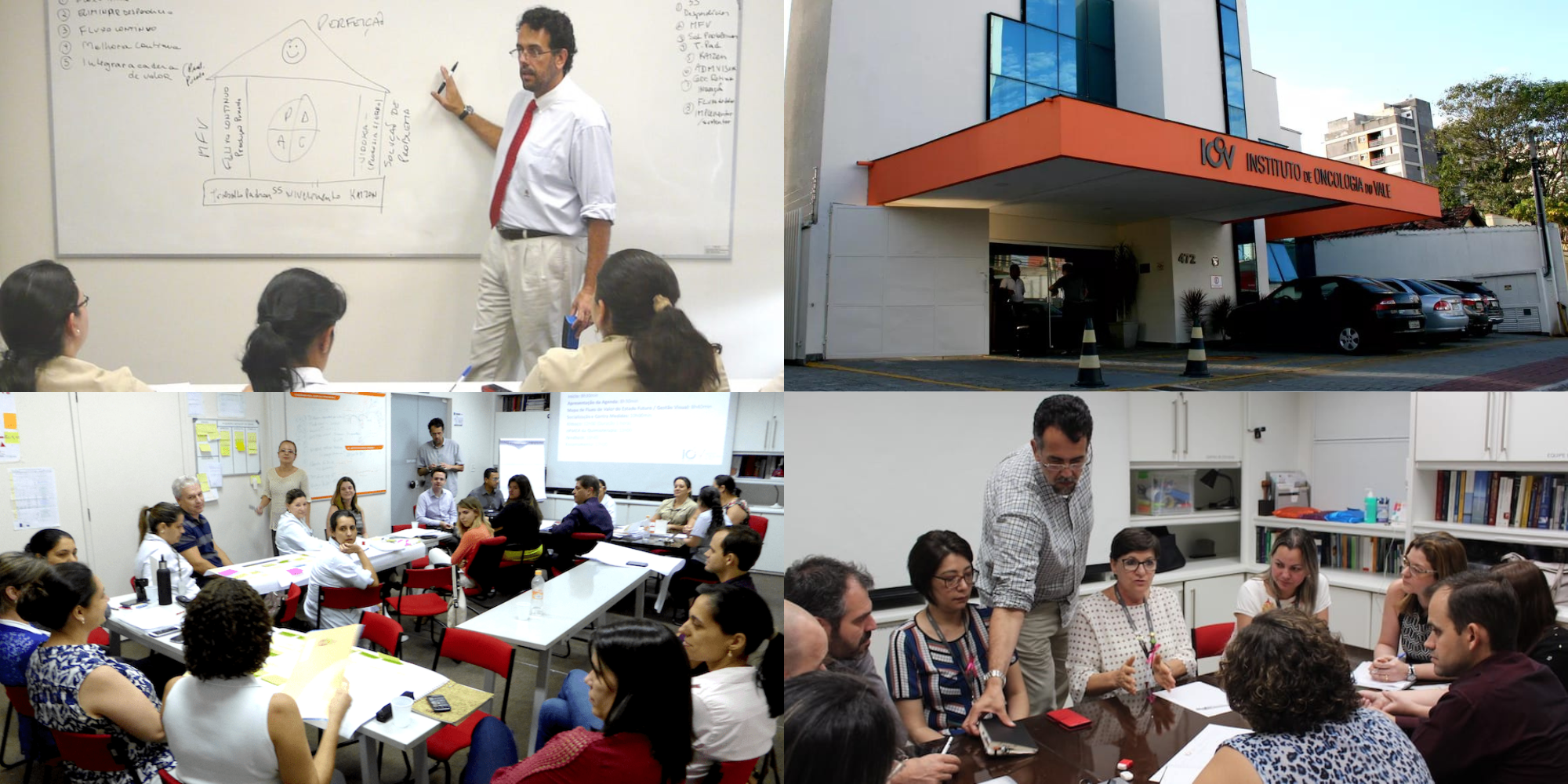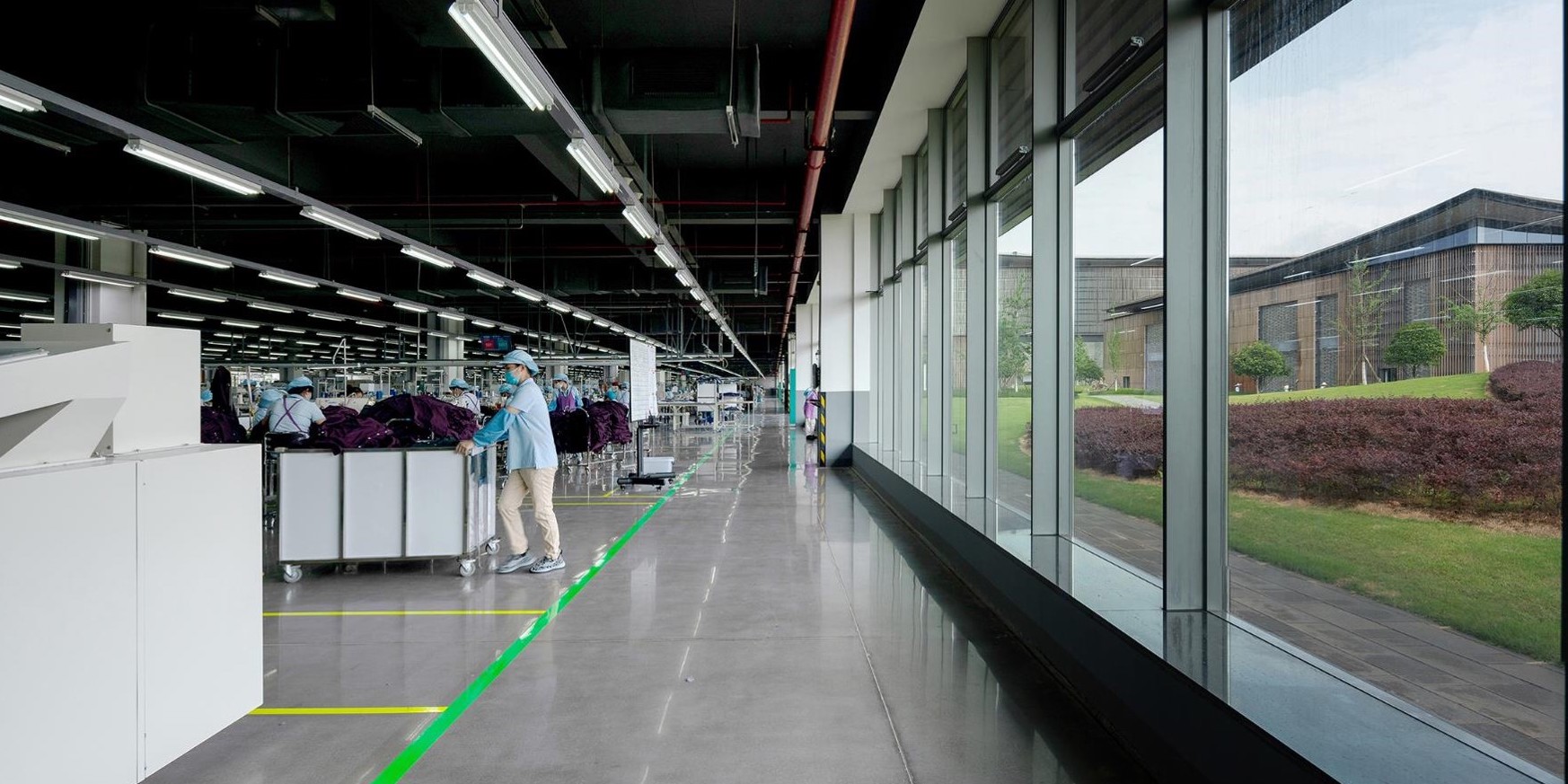
What does a lean sensei bring to the party?
FEATURE – Lean coaching is all the rage these days, but to what end? The author reframes the role of a sensei as an expert in achieving productivity by engaging everyone in kaizen.
Words: Michael Ballé, lean author, executive coach and co-founder of Institut Lean France.
The lean community seems obsessed with coaching these days, but coaching to what? Many seem to consider sensei are executive coaches, but coaches of what? Do CEOs really need coaching? After all, if sensei knew how to do the CEO job, surely, shouldn’t they be doing it? As they said in my youth, “Those who know, do; those who can’t do, teach; and those who can’t teach go into politics.”
A CEO has a big job. She needs to run the ship today and steer it towards tomorrow. Too much today, and there is no tomorrow. But only tomorrow and there won’t be any tomorrow either, because of poor today (I was taught this by a sensei, by the way). The CEO needs to keep the machine running, which involves reacting to events, dealing with executives jockeying for position, rigid systems and sticky cultures – as well as, envisioning future customer needs, securing resources, and building capabilities for the future. Not just a big job – a colossal job.
The daily demands of such complex management work have two built-in biases: one, attending to the urgent to the point of losing track of the important, and two, listening to the loudest voices as opposed to the smartest. Like the tennis pro in front of the tennis ball shooting machine, it’s easy to get overwhelmed by all the balls coming your way, to bat them away, and to value the kind of people who make issues go away rather than those who make you face your deeper problems.
Foremost among these important but not immediate problems is productivity. In the end, productivity is wealth – a sustainably productive organization will grow as it is valued by customers, people succeed in it and get rewarded for it, and it benefits society. Productivity is overall offering more for less through smarter operations and it has been the driving force of human societies since… well, since the very start. Civilizations rise and fall as they discover new forms of productivity and then lose sight of them and let them go.
The traditional Western source of productivity is automation – replace people with machines and reap the productivity gains. This works spectacularly in certain situations by radically lowering the cost of one operation through technology, thus opening new things that can be done with it – think of radio radically reducing the cost of bringing music and news to your home. But it also has two main drawbacks:
- Centralizing automation, which generates batches in the supply chain and creates huge investment projects that can often miss the mark;
- Treating people like machines on the premise that, if they follow instructions to the letter, competence can be scaled without the deep learning needed for real expertise.
This is one form of productivity we can all understand by looking at the ROI of any one investment. But there are many other less obvious forms of productivity, which is where the sensei come in: they are productivity experts.
To start with, there is customer productivity: improving customer retention and customer average basket (customer continue to buy and on average buy more from us). Studies show that a 5% increase in customer retention leads to a 25% to 100% increase in profitability (yes, wide fork, which shows the retention/profitability relationship is robust). And leaders in their field grow 2.5 times faster than the rest.
Second, there is capital productivity: improving the number and variety of products you can produce on the same equipment and square meters (often the costliest part of your operations). Just-in-time improves productivity by reducing inventories and requiring smaller equipment. This flexibility allows Toyota to have the largest line-up in number of cars on offer, with the least cannibalization, thus better responding to the market demand – as well as being way ahead in market capitalization.
Then, there is labor productivity: spending less hours to offer a product or service to customers. Lean methods, blending jidoka and just-in-time, have long led to a visible advantage in labor productivity. One study found Toyota workers twice as productive than Volkswagen’s and 30 times more than Russian workers.
There also is material productivity: using less material for every product, and purchasing at better prices. Material productivity has to be understood through the entire supply chain, taking into account processing, transport and disposing costs. Materials involve what goes into the product, but also all the precious consumables that go into making the product such as water or greenhouse gas emission.
The first thing a sensei brings to the party is a deep understanding of productivity.
The second thing a sensei brings to the party is an understanding of productivity from kaizen.
The traditional way of looking for productivity is automation: you invest in automating a process in your operations, and reap the productivity benefits. This can work, but the side-effects are often costly. For instance, 21% of companies responding to a recent survey described their ERP roll-out as a failure. Any automation has to 1) be adapted to current market conditions, 2) fit within existing systems, but it also 3) creates a lot of resentment. These three factors often combine in fallout that drastically curtails the ROI of the investment.
Lean sensei seek productivity in better, casual, every-day thinking from everyone. By creating the conditions for everyone to understand the productivity problems, people can contribute minute after minute by small steps progress:
- Doing a more careful job: customer retention is achieved customer by customer, every day, all year round.
- Coming up with smart ideas: creative suggestions about how to do more with less.
- Engaging in team improvements: leading their teams in looking at work processes and how to do things better.
Lean’s core productivity theory is that the sum of kaizen initiatives creates sustainable productivity (without the drawbacks of point automation). One does not replace the other, both complement each other. The lean theory of productivity can be spelled out as:
Productivity = f(∑ {customer care + creative ideas} + smart automation)
Coaching is all the rage now, as leaders are looking for paths to move away from command-and-control styles people no longer accept. Coaching is a blend of training and guidance. The prerequisites for coaching are experience and expertise, which is where the coaching process often falls flat – the more senior the coachee, the harder for someone to have enough experience or expertise to coach in a meaningful way.
Sensei are experienced experts in achieving productivity by involving all employees in kaizen, small, daily, improvement steps, to get them to think more deeply and more smartly about how to face day to day issues and design their own work processes. They need to master three practices:
- Understanding global productivity in the business;
- Explaining the workplace systems to reveal daily productivity opportunities;
- Showing here and there opportunity improvements without giving answers.
One of my sensei use to speak to parts: why are you here? How long have they kept you waiting? Why are you so far from where you can be useful? More often than not, the worker would click and discuss how they could bring the part container closer to the point of use – or have smaller containers with less parts in them so that all parts could fit around the station. Kaizen.
There are two widely different approaches to productivity: extractive or inclusive. Any PE firm can teach you extractive productivity: find a profitable niche in the market and mine it for every cent it’s worth. MBAs are trained to leverage every ounce of power and advantage to produce higher returns now – and damn the consequences tomorrow! After all, they can then break up the failing company and profit from that as well. Inclusive productivity, by contrast, means engaging every person in thinking productively about doing something beneficial to society. To do so, executives need to learn the tools of creating the conditions for this involvement, such as VA/VE, just-in-time, jidoka and the rest of the lean system as the setting for people involvement. This is where sensei come in. This is what they can teach you. This is what they bring to the party.
For more on this, read The Lean Sensei - available here (US customers) and here (European customers).
THE AUTHOR

Read more


FEATURE – PL readers will likely be familiar with IOV, the cancer clinic in Brazil that’s become a reference for lean healthcare for countless organizations. Here, Dr Fred looks back at IOV’s 15-year journey.


COLUMN – To develop a successful product or service an organization has to effectively manage the tension between the experts' specialization and the entrepreneur's flexible approach to innovation.


CASE STUDY – An Esquel factory in GuiLin, China injected lean principles and practices into its processes to become more efficient and environmentally-friendly.


FEATURE – When the number of Covid-19 cases skyrocketed in the Italian region of Piedmont, this microbiology lab had to find a way to increase its capacity to process swab tests. Here’s how they did it.

